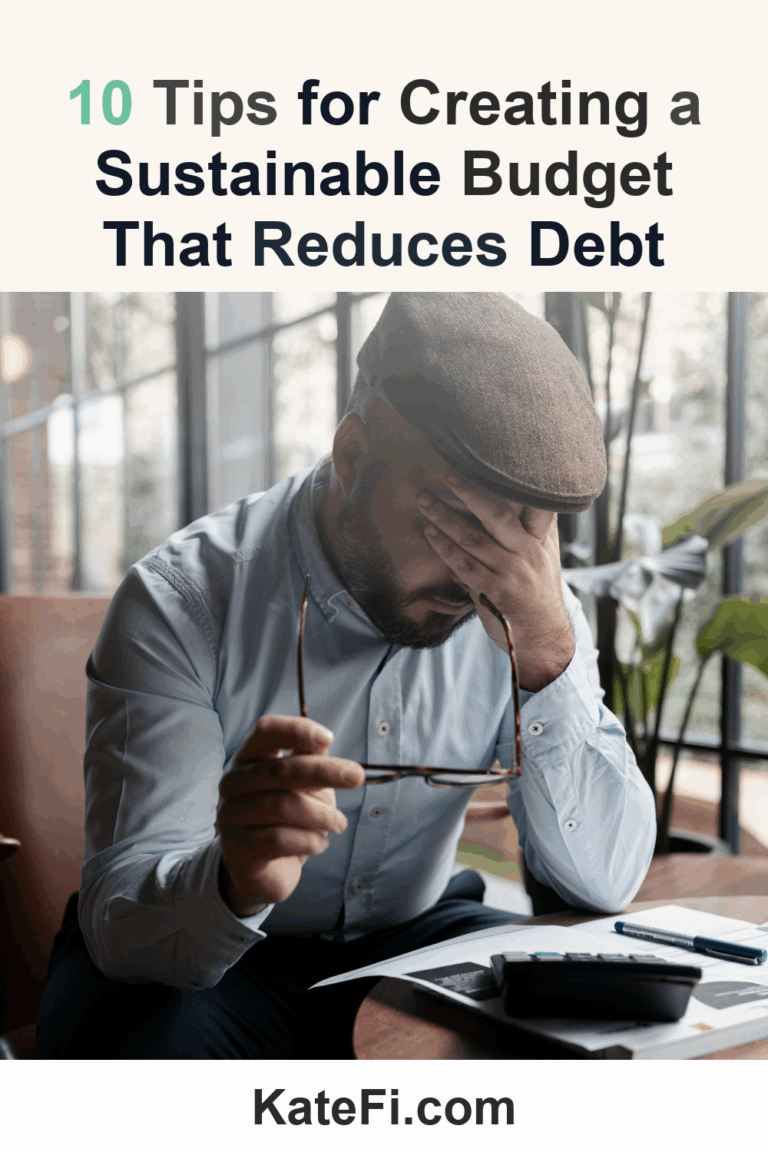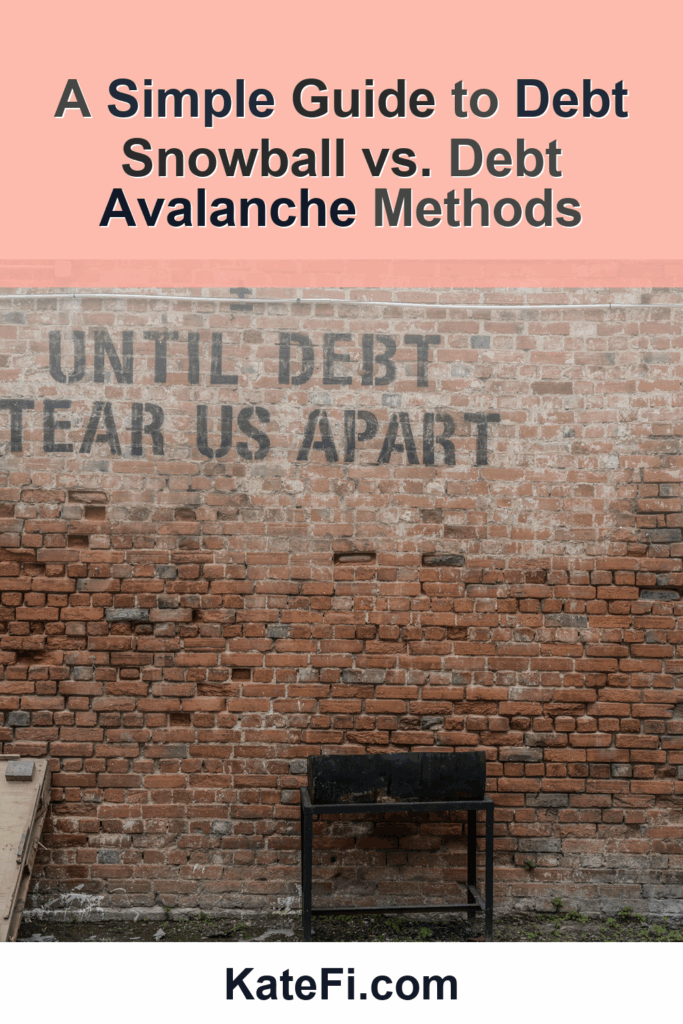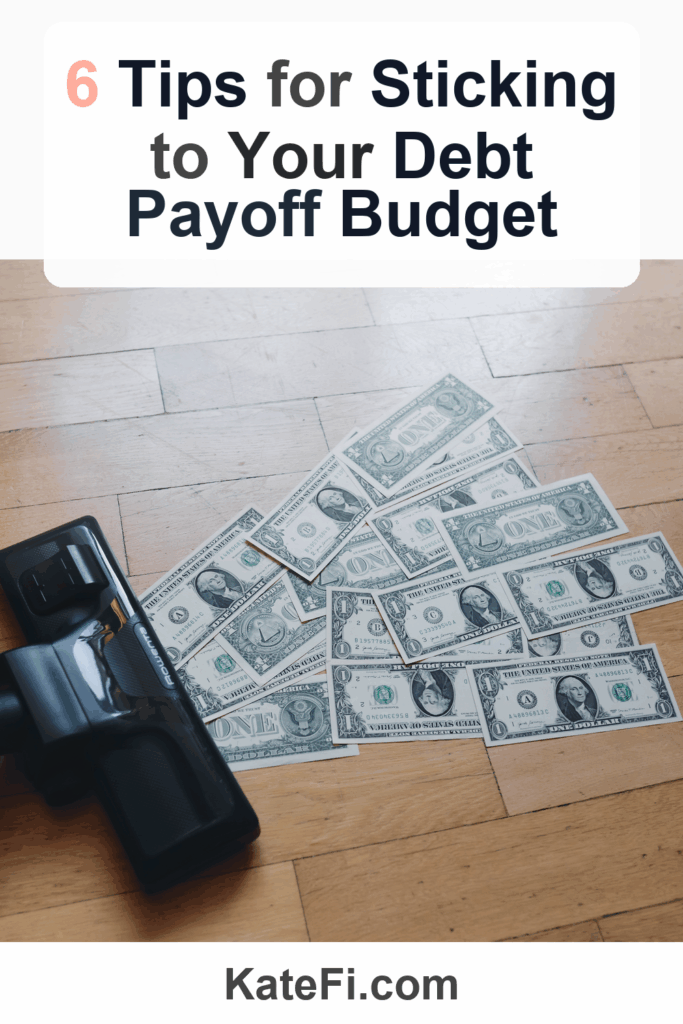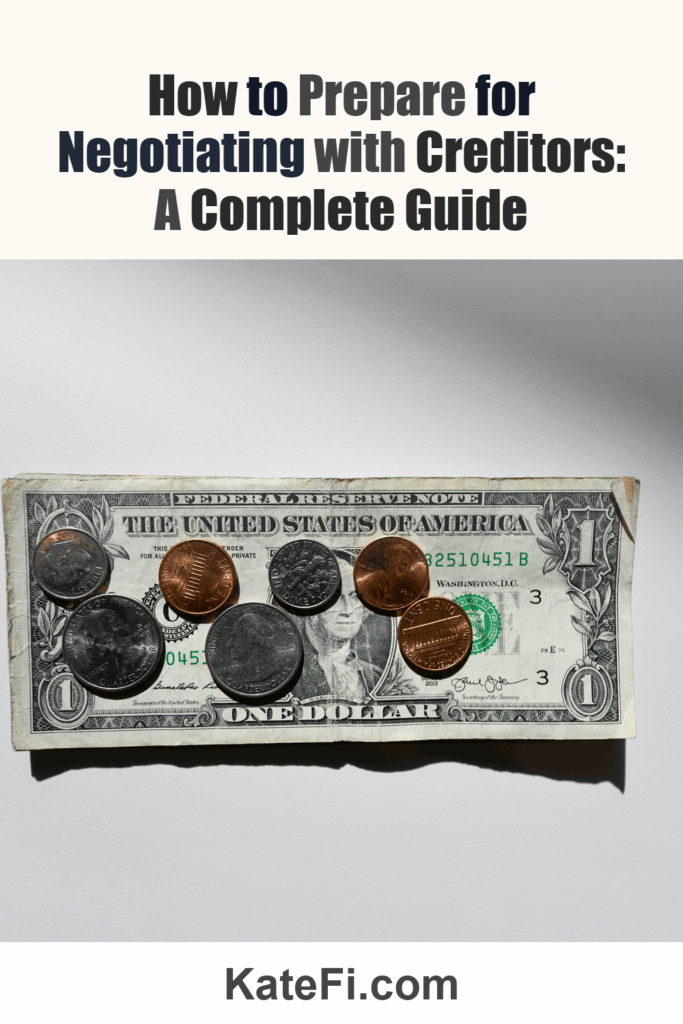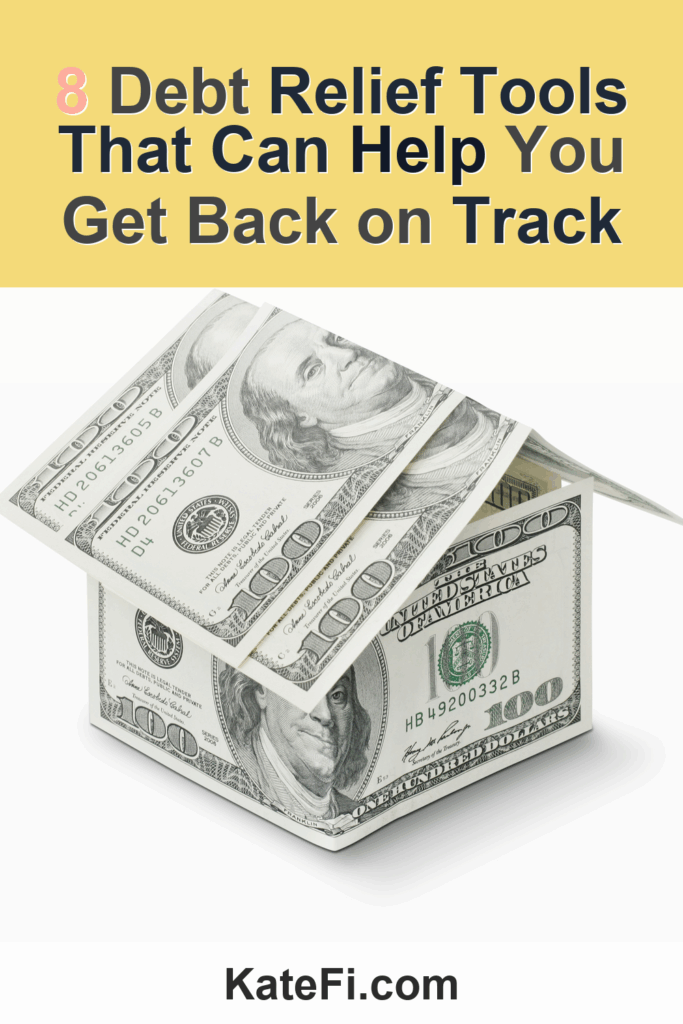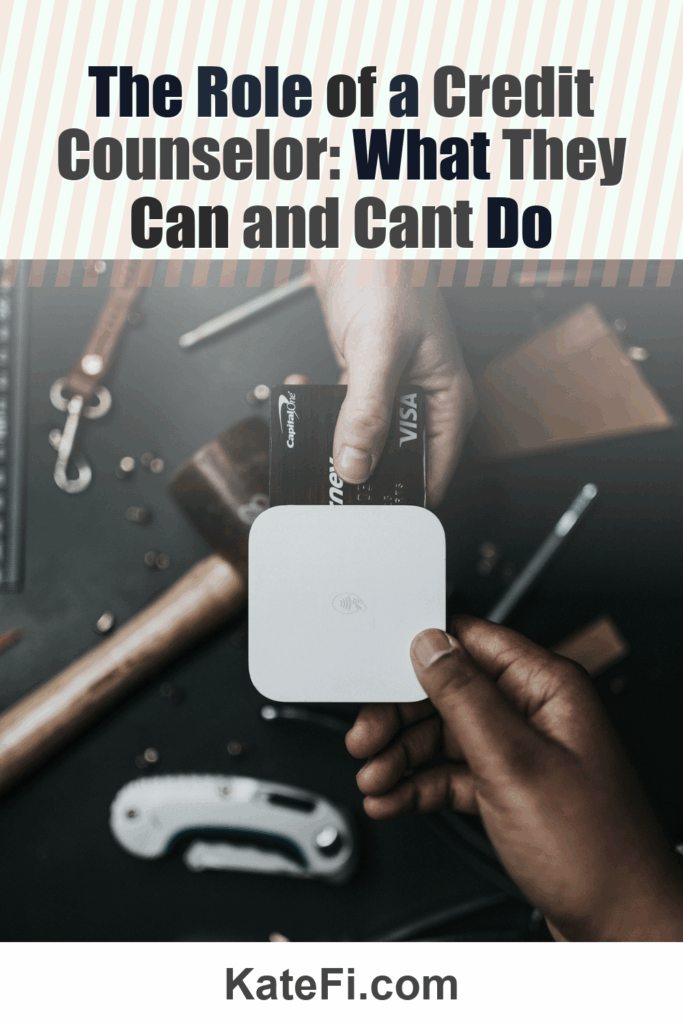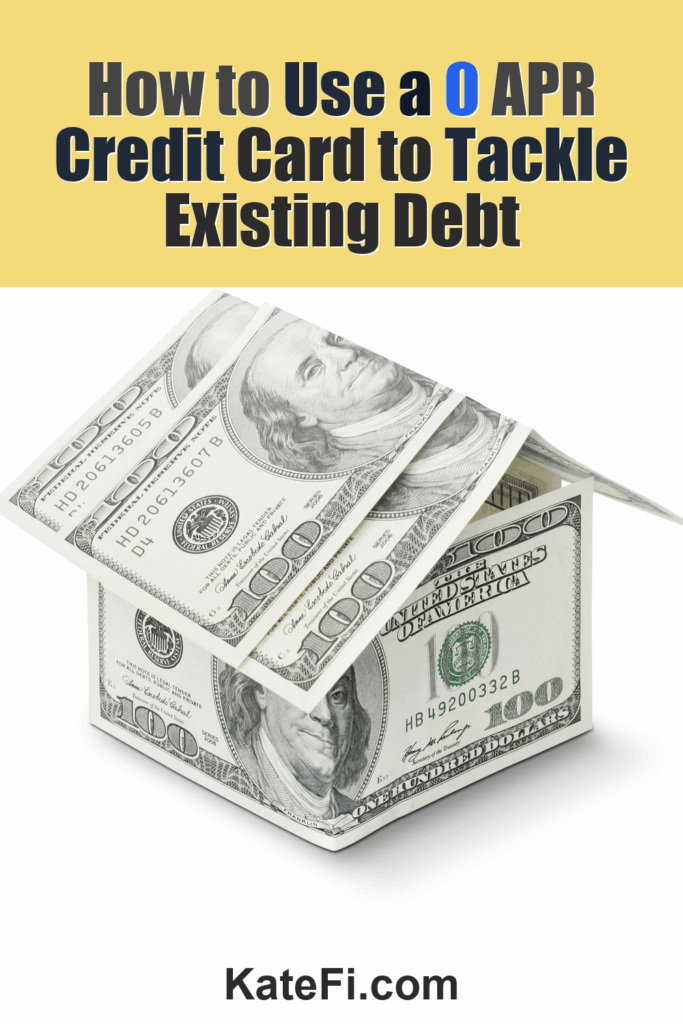Lower Your Unsecured Debt
If you have $5,000+ in credit card or personal loan debt, a free consult can review options like settlement or hardship plans.
Love our content? Show your support by following us — pretty please!🥺
FOLLOW ON PINTEREST
Hi! I’m Kate, the face behind KateFi.com—a blog all about making life easier and more affordable.
- One-on-one call to review your debts and goals
- See potential monthly payment reductions
- No obligation to enroll
Not available in IL, KS, OR, TN, UT, WV.
10 Tips for Creating a Sustainable Budget That Reduces Debt
In today’s world, financial literacy is more crucial than ever. Many people find themselves grappling with debt, unsure of where to turn for help. Budgeting is a foundational skill that not only helps manage daily expenses but also serves as a robust strategy for reducing debt. However, misinformation about debt relief options can lead to scams that worsen financial situations instead of improving them. This guide will provide you with essential tips for creating a sustainable budget that reduces debt while debunking common myths surrounding debt relief.
Myth vs. Fact Breakdown
Understanding the truth behind common myths is essential to navigate your debt relief journey effectively. Here are some widespread misconceptions:
#### Myth 1: All debt relief companies are scams.
Fact: While some companies do operate unethically, many reputable debt relief organizations can genuinely help you navigate your financial situation. Research and due diligence can guide you to a trustworthy provider. At KateFi, we offer a free consultation to explore your options and determine the best path forward.
✅ See If You Qualify for Debt Relief
#### Myth 2: You need to be broke to seek debt relief.
Fact: Debt relief is not just for those who are facing severe financial hardship. Anyone struggling with managing their debt effectively can benefit from professional advice. A budget is a proactive way to gain control over your finances.
#### Myth 3: Budgeting is too restrictive.
Fact: A budget is a tool for freedom, not a prison. By understanding your spending habits, you can allocate funds to areas that matter most to you, leading to more financial confidence and control.
#### Myth 4: Credit counseling doesn’t work.
Fact: Credit counseling is a valuable resource that offers personalized strategies to improve your financial situation. Many clients find their credit scores improve after seeking guidance.
#### Myth 5: Debt can be erased easily with a quick fix.
Fact: Sustainable debt relief often requires a comprehensive plan. Short-term solutions may seem attractive but can lead to more significant issues down the line if not approached thoughtfully.
#### Myth 6: Debt relief will ruin your credit score forever.
Fact: While it’s true that engaging in a debt relief program may impact your credit score, the long-term benefits of becoming debt-free far outweigh the temporary decrease. In many cases, clients find that their credit score improves once they manage their debts effectively.
#### Myth 7: You don’t need a budget if you have a good income.
Fact: Regardless of income, everyone can benefit from budgeting. It helps you understand your spending patterns, plan for the future, and reduce debt effectively.
Tips for Creating a Sustainable Budget
Now that we’ve debunked these myths, let’s delve into ten practical tips to create a sustainable budget that can help you reduce debt.
#### 1. Analyze Your Current Financial Situation
Before you can build an effective budget, it’s crucial to understand your current financial situation. Gather all financial documents, including bank statements, credit card bills, and pay stubs. This documentation will allow for a more accurate assessment of your income and expenses, facilitating a quicker review when you consult with debt relief services.
#### 2. Categorize Your Expenses
Separate your expenses into fixed (rent/mortgage, insurance, utilities) and variable (groceries, entertainment, dining out) categories. This differentiation will help you identify areas where you can cut back.
| Expense Type | Description | Monthly Amount |
|---|---|---|
| Fixed | Rent/Mortgage | $1,200 |
| Fixed | Utilities (Electric, Water) | $200 |
| Variable | Groceries | $300 |
| Variable | Entertainment | $150 |
#### 3. Set Realistic Goals
Establish clear, achievable financial goals. For example, aim to pay off a specific credit card by a certain date or set aside a fixed amount for savings each month. Having clear goals keeps you motivated and accountable.
#### 4. Create a Spending Plan
Once you categorize your expenses and set goals, create a spending plan. Allocate a certain amount to each category and stick to it. Don’t forget to include debt repayment as a priority category. Consider working with a professional at KateFi for insights into how much you should allocate to debt repayment.
✅ See If You Qualify for Debt Relief
#### 5. Use Budgeting Tools
Utilize budgeting apps or spreadsheets to help track your income and expenses. Digital tools can make budgeting easier and more accessible, allowing you to stay on top of your financial situation.
#### 6. Review and Adjust Regularly
Life changes, and so should your budget. Regularly review your spending and make adjustments as necessary. Monthly reviews can help you stay on track and allow for real-time adjustments based on changing circumstances.
#### 7. Build an Emergency Fund
Setting aside a small amount each month for an emergency fund can help prevent the need to take on additional debt in case of unexpected expenses. Aim for at least three to six months’ worth of living expenses over time.
#### 8. Communicate with Creditors
If you’re struggling to meet your payment obligations, communicate with your creditors. Many are willing to work with you to develop a manageable payment plan. Remember, it’s better to reach out than to let payments fall behind.
#### 9. Explore Debt Relief Options
If you feel overwhelmed by debt, explore available relief options. Consulting with a professional can guide you through legitimate programs that can provide significant help in reducing your debt burden.
✅ See If You Qualify for Debt Relief
#### 10. Stay Informed and Educated
Knowledge is power. Continuously educate yourself about financial literacy, budgeting strategies, and debt relief options. This will empower you to make informed decisions that align with your financial goals.
The Impact of Credit on Your Financial Journey
As you work towards reducing debt, it’s essential to understand how your credit is affected. Engaging in debt relief or any changes in your payment habits can lead to fluctuations in your credit score. Always be proactive in checking your credit report and discussing any concerns with financial professionals.
Gather Essential Documents for Faster Review
To ensure a smoother consultation experience, gather the following documents:
- Recent pay stubs
- Bank statements from the last three months
- Credit card statements
- Outstanding loan statements
- Any communication with creditors
Having these documents on hand will help your debt relief consultant provide tailored solutions more quickly.
Important: This content is for education only—not legal, tax, or financial advice. Results and eligible programs vary by situation and state. Fees apply if you enroll and complete a program. Debt relief can affect credit; missed payments may lead to collections/lawsuits. Not available in IL, KS, OR, TN, UT, WV.
In conclusion, creating a sustainable budget that reduces debt is a journey that requires diligence, commitment, and the right resources. Debunking common myths about debt relief can protect you from scams and put you on a path to financial freedom. If you’re struggling with debt and don’t know where to turn, consider reaching out for a free consultation with KateFi. Our experts are here to guide you through the options available, ensuring you make the best choices for your financial health.
✅ See If You Qualify for Debt Relief
Understand pros/cons of settlement vs consolidation vs DMP for your exact mix of debts.
Not available in IL, KS, OR, TN, UT, WV.
What You’ll Learn on the Call
- Estimated timeline and monthly payment range
- How credit may be affected in the short term
- What documents to gather to move faster
Not available in IL, KS, OR, TN, UT, WV.

